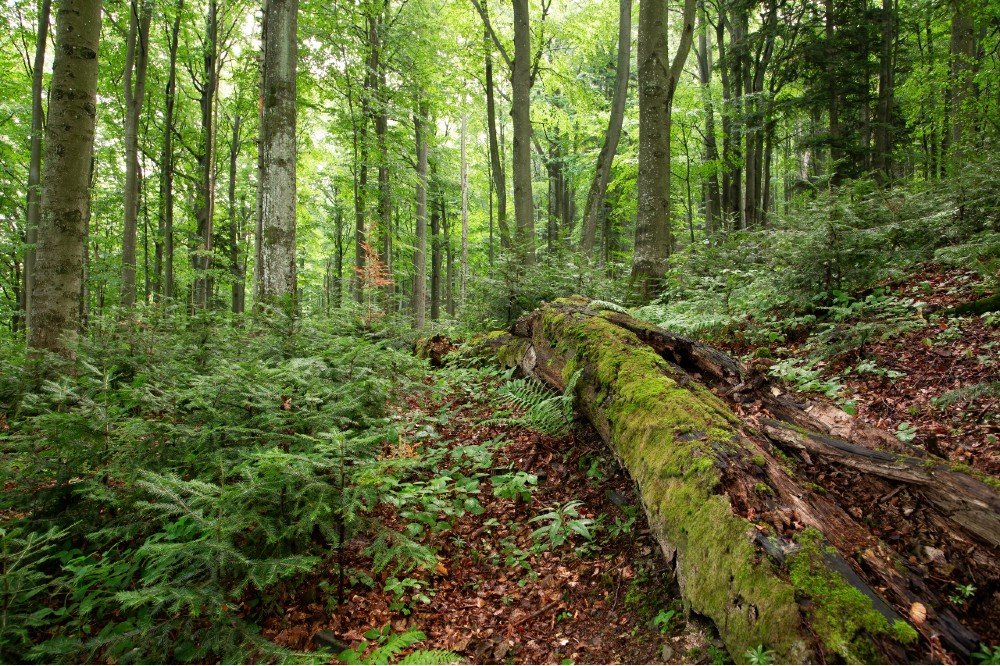
Within the depths of ancient forests, a captivating world
unfolds. Towering high above, old-growth trees stand as silent witnesses to
centuries of history, holding valuable secrets of the past. Embarking on a
journey through these majestic forests unveils a tapestry of biodiversity and
ecological significance, as well as insights into our planet's rich heritage.
Old-growth forests, also known as primary or virgin forests,
are ecosystems that have remained largely undisturbed by human activity for
centuries or even millennia. These forests harbor trees that have reached their
mature stage, displaying a grandeur and wisdom that can only come with age.
With their towering canopies and diverse understory, old-growth forests provide
a home to a multitude of plant and animal species.
At the heart of these ancient forests are the old-growth
trees themselves. These magnificent giants, often several centuries old, have
withstood the test of time and endured the elements. Each tree carries a unique
story, etched in its growth rings, bark patterns, and scars from past events.
By studying these ancient sentinels, scientists can gain insights into climate
history, fire regimes, and the complex dynamics of forest ecosystems.
Old-growth trees possess several distinctive characteristics
that set them apart from younger trees. Their massive trunks, with a girth that
can span several meters, provide a glimpse into the centuries of growth and
resilience. Their branches reach high into the sky, creating a complex and
diverse habitat for a multitude of species, from birds and mammals to insects
and fungi.
These ancient trees also play a crucial role in the
ecosystem. Their large canopies capture sunlight, creating a shaded and cool
environment beneath. This microclimate supports a diverse array of plant
species, including delicate ferns, mosses, and lichens. Fallen trees and
decaying wood provide habitat and nourishment for countless organisms,
contributing to the intricate web of life within the forest.
The preservation of old-growth forests is of utmost
importance for both ecological and cultural reasons. These forests act as vital
carbon sinks, storing significant amounts of carbon dioxide and mitigating
climate change. They also provide habitat for endangered and endemic species,
supporting biodiversity conservation efforts. Additionally, old-growth forests
hold cultural significance for indigenous communities, who have relied on these
forests for sustenance, shelter, and spiritual connection for generations.
However, old-growth forests face ongoing threats due to
deforestation, logging, and unsustainable land-use practices. Once these
ancient ecosystems are lost, they cannot be easily replaced. Protecting and
preserving old-growth forests requires a collective effort, involving
sustainable forestry practices, conservation policies, and raising public
awareness about their value.
Exploring ancient forests and uncovering the secrets of old-growth trees provides us with a profound appreciation for the interconnectedness of nature and our place within it. These majestic forests remind us of the importance of preserving our planet's natural heritage for future generations. By safeguarding old-growth forests, we honor the wisdom and resilience of these ancient trees and ensure the continuity of their invaluable contributions to the web of life.

0 Comments